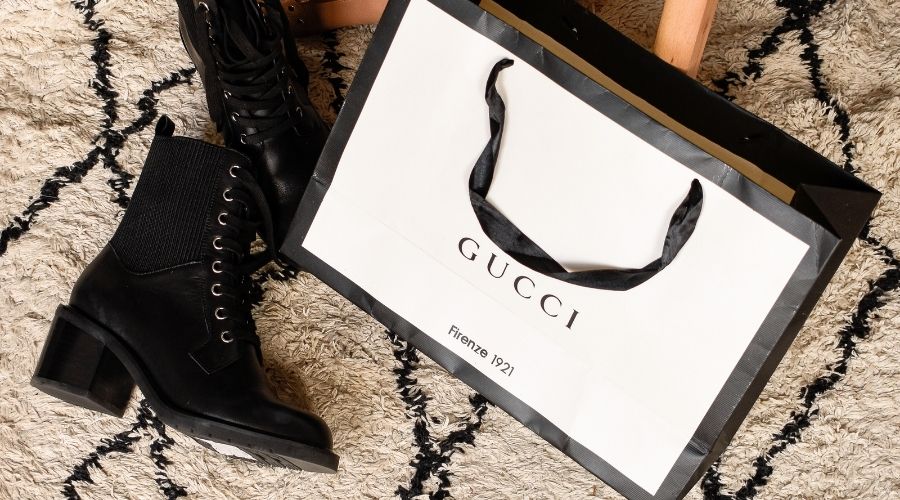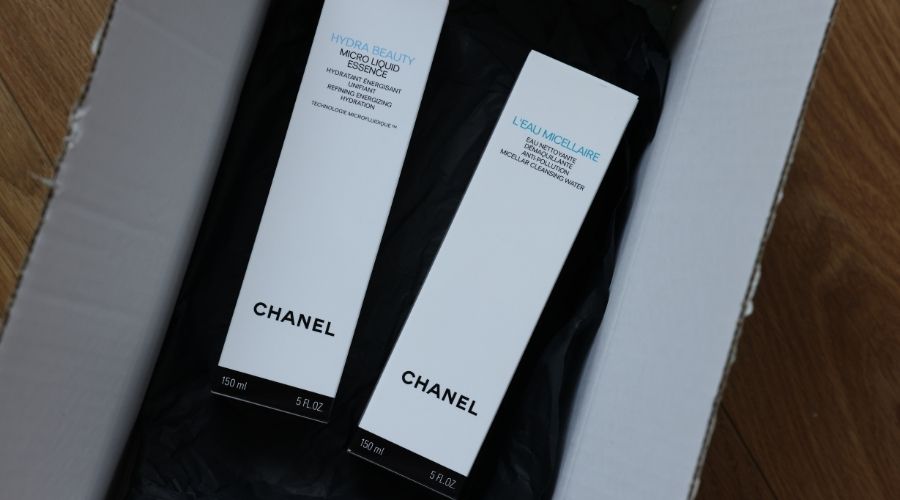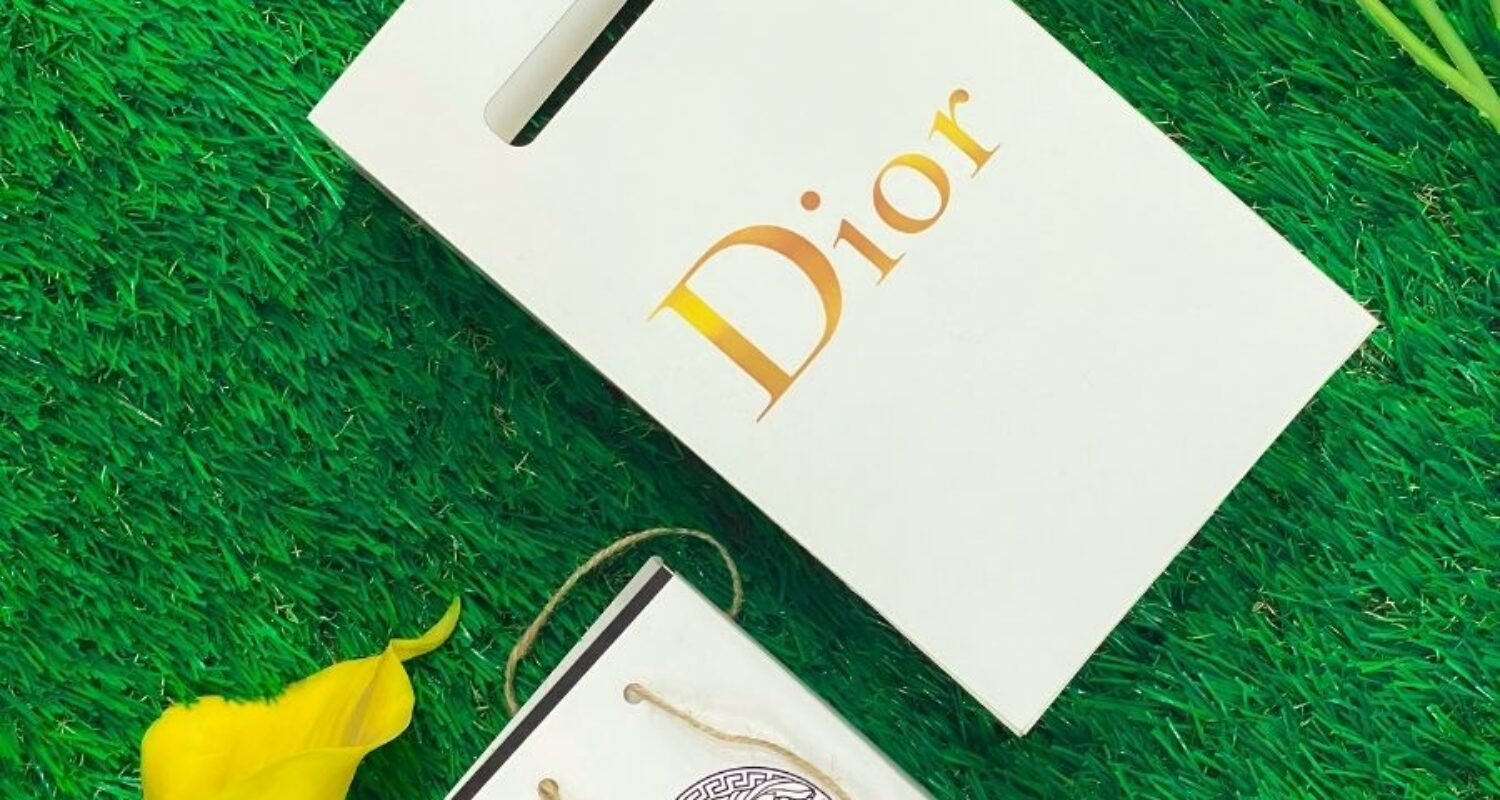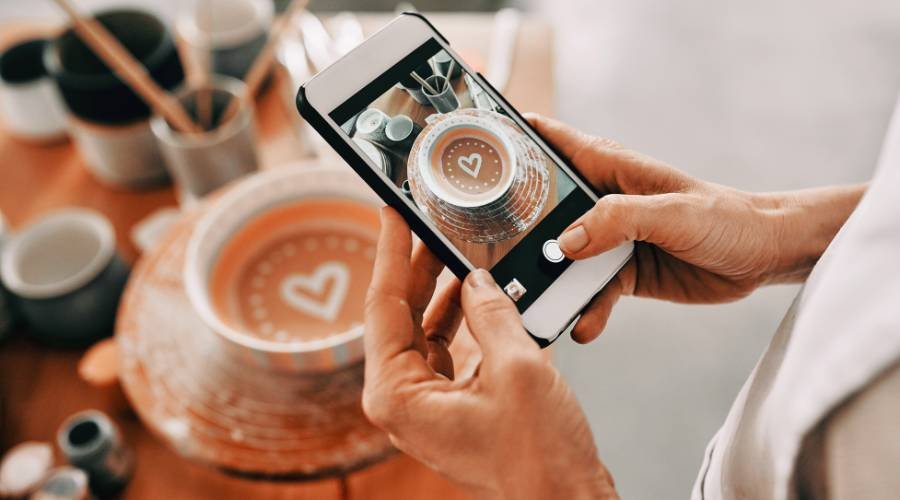In today’s world, premium design and exclusive offers grab the attention of those who value the finer things. Creating a luxury brand identity is key in the Australian market. As more people seek high-end products and experiences, businesses need to focus on luxury branding. This helps them stand out and charge more for their offerings.
But what makes a brand luxurious? How can we use exclusivity to attract a refined audience? These are important questions for businesses aiming to be seen as high-end.
Key Takeaways
- Luxury branding goes beyond surface-level aesthetics, delving into the core principles that define true luxury
- Incorporating premium design elements and curating an air of exclusivity is crucial for creating a captivating brand experience
- Powerful storytelling can help elite Australian businesses resonate with a discerning audience and command a premium position in the market
- Adapting marketing strategies to appeal to younger generations like Millennials and Gen Z is essential for long-term success in the luxury sector
- Leveraging innovative brand identities, exceptional service, and unique touchpoints can help luxury brands create memorable experiences for customers

Defining Luxury Branding
Luxury branding is more than just selling products. It’s a world of allure, exclusivity, and deep emotional connection. Brands create unique experiences that stand out from the crowd. At the core of luxury branding are several key traits that define a luxury brand.
What Makes a Brand Luxurious?
Luxury brands focus on top-notch craftsmanship, a rich history, and scarcity. These elements build a strong brand identity. They also use famous people and offer a premium shopping experience. These features create a sense of exclusivity and aspiration that attracts the discerning consumer.
The Allure of Exclusivity
Exclusivity is at the heart of luxury branding. Brands control their products and distribution to keep their prestige high. This exclusivity builds a loyal customer base. People want to be part of an elite group, owning a piece of the luxury brand’s unique identity.
| Key Thematic Groups in Luxury Branding | Description |
|---|---|
| Time | Luxury brands often evoke a sense of timelessness and heritage, with a focus on exceptional craftsmanship and enduring quality. |
| Rarity | Luxury brands leverage scarcity and limited production to create a perception of exclusivity and desirability. |
| Endeavor | Luxury brands showcase the mastery, skill, and dedication of their artisans, reinforcing the notion of luxury as the result of a meticulous creative process. |
These thematic elements are key to defining a luxury brand. They guide luxury brand managers in creating a unique and captivating identity.
Superb Craftsmanship: The Hallmark of True Luxury
The world’s top luxury brands focus on top-notch craftsmanship and quality. They use the best materials, pay close attention to details, and employ skilled techniques. This dedication makes these brands stand out and adds value to their products.
Brands like Louis Vuitton and Ermenegildo Zegna are proud of their in-house production. They show off the skill and effort that goes into each item. This focus on quality and craftsmanship is what makes their products special to those who value excellence.
| Luxury Brand | Craftsmanship Highlight |
|---|---|
| Chanel | Known for its elegant designs and use of premium materials, such as fine silks and high-quality leathers. |
| Rolls-Royce | Renowned for its bespoke, hand-crafted interiors and the meticulous attention to detail in every aspect of its luxury automobiles. |
| Rolex | Celebrated for its precision timekeeping, the result of rigorous quality control and Swiss watchmaking expertise. |
The focus on luxury brand craftsmanship, premium materials, and artisanal production defines true luxury. These elements not only make these brands unique but also enhance their appeal and exclusivity.
Weaving a Rich Heritage
In the world of luxury brands, a rich heritage is very valuable. It helps brands connect deeply with their audience. This connection is built on a sense of timelessness and staying power.
The heritage of luxury brands is more than just being old. It’s about the growth of craftsmanship, cherished values, and the stories that have shaped these brands over time.
The Power of Brand Stories
Luxury brands use their heritage and storytelling to captivate their audience. They tell stories about their beginnings, key figures, and product innovations. This way, they appeal to more than just what they offer.
These stories help brands stand out in a crowded market. They create lasting connections with their loyal customers.
Hermès, a French luxury house, has used its 184-year heritage to create a sense of exclusivity. Its commitment to craftsmanship and leather goods has made it a symbol of prestige. Penguin Books has also built a strong heritage, focusing on quality and affordability since 1935.
| Brand | Heritage Impact | Financial Performance |
|---|---|---|
| Hermès | Leveraging 184-year heritage to cultivate exclusivity and prestige | Hermès’ first-quarter revenue reports show all geographical areas posting double-digit growth by the end of March 2024. |
| Chanel | Maintaining a strong brand identity and craftsmanship under the creative direction of Karl Lagerfeld | Chanel’s sales in China increased by 11% from 2018 to 2019 in constant currency during Karl Lagerfeld’s creative direction. |
| Dior | Evolving brand identity and product offerings under the leadership of Pietro Beccari, Maria Grazia Chiuri, and Kim Jones | Dior’s revenue scaled from around EUR 2.2 billion in 2017 to EUR 6.6 billion in 2021. |
| Louis Vuitton | Leveraging the Maison’s history in leather luggage bags to inspire new iterations of leather goods | Louis Vuitton experienced a nine percent growth in LVMH’s luxury division, resulting in approximately EUR 11.3 billion in profit margins. |
By combining rich heritage and compelling stories, luxury brands create a deep emotional bond with their audience. This bond solidifies their status as icons of exclusivity, quality, and timeless appeal.
The Art of Scarcity
In the world of luxury branding, scarcity is key. It makes products seem more valuable and exclusive. Brands limit their products, using waitlists and limited editions. This creates a buzz among consumers, who are willing to pay more for these items.
Scarcity isn’t just about products. Luxury brands also offer exclusive experiences and membership programs. By controlling access, they boost their appeal and prices.
The art of scarcity is about telling a story that excites consumers. Brands like Supreme focus on exclusivity over high prices. This approach is called “new luxury.”
Reports like the Streetwear Impact Report by PwC highlight scarcity’s importance. Brands like Supreme, Nike, and Off-White have seen their limited editions become luxury items.
| Luxury Brand | Scarcity Strategy | Impact on Demand |
|---|---|---|
| Supreme | Limited editions, exclusive collaborations | High desirability, long waitlists, collector’s items |
| Nike | Limited releases, exclusive collections | Increased demand, resale market growth |
| Off-White | Limited collaborations, exclusive access | Elevated status, premium pricing |
Scarcity isn’t just for fashion. The art market also thrives on it. Art pieces become investments, symbolizing status and prestige. Artists control production, making these pieces rare and valuable.
“Exclusivity is a fundamental element in luxury branding, making consumers feel like part of a privileged circle.”
Luxury brands will keep using scarcity in their strategies. By controlling what’s available, they create desire and exclusivity. This drives sales and strengthens their market position.
Luxury Branding: Crafting a Strong Identity
In the luxury world, a strong brand identity is key. It helps brands stand out and be seen as premium. This identity shows the brand’s essence, personality, and what makes it unique. It creates a clear message that speaks to the audience.
By building this identity, luxury brands connect with people on an emotional level. They show they are more than just products.

Symbolic Value and Brand Associations
Luxury brands carry symbolic value, like status or a certain lifestyle. Brands like Cartier have positioned themselves successfully by offering high symbolic value, differentiation, and exclusivity to niche consumers. This value shapes how people see these brands as exclusive and prestigious.
This perception helps justify the higher prices people are willing to pay.
Creating a brand strategy that focuses on what’s unique helps luxury brands connect with their audience. Three core components define a successful luxury brand strategy: unique selling propositions, a consistent brand identity, and resonant storytelling. A consistent identity is vital for a strong brand image, like Chanel’s timeless elegance.
Storytelling is crucial for emotional connections. Luxury brands like Burberry, Cartier, and Gucci use their heritage stories. Brands like Gucci differentiate themselves with a distinct sensual character rooted in the Lover brand archetype, characterized by boldness and sexual provocation in its strategies.
By crafting a strong luxury brand identity, brands can share their unique value. They build emotional connections and justify their premium prices.
The Magic of Celebrity Endorsements
Celebrity endorsements are key in luxury branding. Luxury brands use famous faces to boost their image and appeal. This helps them seem more exclusive and desirable.
Luxury brands also partner with influential people from sports, design, and politics. These partnerships add prestige to their products. This makes their offerings seem more exclusive to their audience.
Using famous faces is a smart move for luxury brands. It makes their products seem more desirable. This drives demand and helps them charge higher prices.
| Luxury Brand | Celebrity Endorsement | Impact on Brand |
|---|---|---|
| Dior | Jennifer Lawrence, Rihanna | Amplified visibility, aligned with brand values |
| Chanel | Margot Robbie, Kristen Stewart | Elevated brand prestige, reaching younger audiences |
| Gucci | Harry Styles, Billie Eilish | Strengthened association with creativity, innovation |
The use of luxury brand celebrity endorsements, influencer marketing, and brand ambassador partnerships is powerful. These partnerships help brands seem exclusive and desirable. This attracts their discerning audience.
Delivering an Exceptional Shopping Experience
At the heart of luxury branding is creating an unmatched shopping experience. It captivates and delights our customers. From the moment they enter our premium retail environments to online interactions, we aim to immerse them in our brand’s essence. We strive to make them feel exclusive.
Enhancing the Luxury Retail Environment
Our luxury shopping experience starts with our retail spaces’ design. We carefully curate every detail, from décor to store layout. This ensures our customers feel transported to a world of elegance.
Whether it’s the latest technology or personalized sales associate attention, we focus on every detail. Our goal is to provide unmatched service and attention.
We also focus on creating a premium retail environment online. Our digital interfaces are intuitive, and we offer customized product recommendations. We aim to match the exclusivity and personalization of our in-store experience online.
Our customer service philosophy is centered on meeting and exceeding our clients’ needs. Our sales associates are trained to provide a unique shopping journey. They have the knowledge, attentiveness, and discretion needed for each customer.
“Attention to detail in customer service has been shown to increase customer satisfaction rates by up to 20% in the luxury industry.”
By elevating the luxury shopping experience and creating a premium retail environment, we build deeper connections with our customers. This solidifies our brand’s leadership in the luxury world.
The Role of Public Figures in Luxury Branding
Luxury brands often team up with famous people like celebrities, designers, and sports stars. This makes their brands seem exclusive and prestigious. By linking with these influential people, luxury brands share their qualities and values, making them more desirable.
Using famous people to promote their brands is a common tactic in luxury branding. Brands like Chanel, Omega, and Aston Martin work with famous actors, musicians, and athletes. This boosts their credibility and appeal. A recent study showed that celebrity endorsement of luxury fashion has doubled in the past ten years.
Luxury brands are also using influencer marketing to reach more people. They work with respected experts and social media stars. This helps them stay exclusive and reach new audiences. It’s a smart way to use the influence of these figures to their advantage.
“Luxury brands often strategically partner with high-profile public figures to lend their brands an aura of exclusivity and prestige.”
Brands like Versace, Gianfranco Ferre, Dior, and Vuitton have used celebrities to boost their image. They’ve worked with stars like Madonna, Demi Moore, Halle Berry, Julia Roberts, and Jennifer Lopez. By choosing the right celebrities, luxury brands can share their values and appeal to consumers.
The luxury market keeps changing, and using luxury brand ambassadors and celebrity partnerships is key. It helps brands stand out and connect with their audience in meaningful ways.
Brand Guidelines: Upholding Elegance and Exclusivity
In the world of luxury branding, keeping the brand’s integrity and exclusivity is key. This is done by following strict brand guidelines carefully. These guidelines cover everything from visual identity to customer experience, ensuring the brand’s message is always clear and consistent.
Luxury brand guidelines help maintain the high standards and unique appeal of premium brands. Following these rules closely is essential to keep the brand’s prestige high. It also justifies the higher prices they charge.
Luxury brands create and stick to their brand guidelines to make every interaction with customers special. This reinforces the brand’s elegance, quality, and exclusivity. It builds a strong emotional bond with its high-end customers.
| Luxury Brand | Brand Identity Elements | Exclusivity Measures |
|---|---|---|
| Bentley | Iconic winged “B” logo, timeless design, heritage-inspired color palette | Limited production runs, personalized customer experiences, exclusive membership programs |
| Cartier | Distinctive red box, signature font, prestigious Parisian heritage | Highly selective retail distribution, custom-made jewelry, invitation-only client events |
| Formula 1 | Sleek, geometric logo, bold color scheme, association with speed and innovation | Exclusive racing events, limited-edition merchandise, VIP hospitality packages |
| Porsche | Iconic sports car design, distinctive crest, focus on German engineering | Highly selective dealer network, personalized ordering, and customization options, exclusive driving experiences |
These examples show how top luxury brands have crafted their brand identity and brand consistency. They keep their prestige and exclusivity alive in the eyes of their discerning customers.
Luxury Branding: Audience Insights and Storytelling
In the luxury world, knowing your audience is key. We dive into what our clients want, how they live, and what they buy. This helps us make things and marketing that really speak to them.
Storytelling is a big part of luxury branding. It helps us connect with people on an emotional level. We tell stories about our history, how things are made, and what makes us special. This makes our products more than just things to buy; they become symbols of dreams and exclusivity.
Combining knowing your audience with great storytelling is the secret to luxury branding. We get to know our market and tell stories that match their values and dreams. This way, we build a loyal group of people who feel connected to our brand.
| Brand | Campaign Targeting | Key Elements |
|---|---|---|
| Chanel | 18 to 29-year-old women | “Chance” perfume campaign |
| Rolex | Environmentally-conscious consumers | Perpetual Planet Initiative campaign showcasing environmental preservation efforts |
| Versace | Younger, fashion-conscious consumers | “Bright Crystal” fragrance campaign featuring model Abbey Lee Kershaw |
| Dior | Aspirational, stylish consumers | Lady Dior bag campaign featuring Marion Cotillard and dance elements |
| Louis Vuitton | Sophisticated, well-traveled consumers | “Spirit of Travel” campaign showcasing Michelle Williams and Alicia Vikander |
“Globally, 56% of millennials and Gen Z prioritize experiences over material possessions.”
The luxury market is always changing. Brands need to keep up with what their audience wants, especially millennials and Gen Z. By using what we know about our audience and telling great stories, we can build strong connections. This makes our brands the top choice for those seeking luxury and exclusivity.
Conclusion
In our quest for a compelling luxury branding strategy, we’ve uncovered essential principles. These define a true premium brand identity. We’ve seen how superb craftsmanship, rich heritage, and an exclusive brand experience are crucial. Celebrity endorsements also play a significant role.
By carefully crafting every detail of the brand, luxury brands can create a strong bond with their clients. This bond is key to commanding a premium spot in the market.
We’re dedicated to enhancing the brands of top Australian businesses. We aim to maintain the elegance and exclusivity that luxury embodies. With strategic insights and innovative techniques, we help our clients boost their brand presence.
The path of luxury branding is constantly evolving. It demands creativity, authenticity, and a commitment to excellence. By following these principles, we’re confident our clients will excel and lead in the Australian luxury market.
FAQ
What are the key features of luxury branding?
Luxury branding is all about top-notch craftsmanship and a rich history. It also includes being rare, having a strong identity, and using famous people. Plus, it offers a great shopping experience. These elements create a sense of exclusivity and emotional connection.
How do luxury brands leverage exclusivity?
Exclusivity is key in luxury branding. It makes people want more and think it’s worth more. Luxury brands limit their products and control who gets them. This keeps their prestige and appeal high.
What role does craftsmanship play in luxury branding?
Superior craftsmanship is at the heart of luxury branding. Luxury brands focus on quality and use the best materials. They also have skilled artisans who make each product special.
How do luxury brands utilize their heritage and storytelling?
Luxury brands often highlight their long history. This adds to their prestige and makes them feel timeless. By sharing their story, they connect with people on an emotional level.
What is the role of scarcity in luxury branding?
Scarcity is vital in luxury branding. It makes the brand’s products seem more valuable. Luxury brands limit their products to keep them exclusive and desirable.
How do luxury brands craft a strong brand identity?
A strong brand identity is crucial for luxury brands. It captures the brand’s essence and personality. This helps the brand stand out and be seen as premium.
How do luxury brands leverage celebrity endorsements?
Luxury brands use famous people to boost their image. By partnering with celebrities, they gain credibility and appeal. This makes their brand more desirable.
What is the importance of the luxury shopping experience?
The luxury shopping experience is key. Luxury brands create amazing environments, both online and in-store. This immerses customers in the brand’s world and makes them feel special.
How do luxury brands utilize public figures to strengthen their brand?
Luxury brands team up with famous people to add prestige. By associating with influencers, they gain exclusivity and appeal. This makes their brand more aspirational.
What is the role of brand guidelines in maintaining luxury?
Brand guidelines are essential for luxury brands. They ensure the brand stays true to itself. These guidelines cover everything from visuals to customer experience, keeping the brand consistent.
How do luxury brands leverage audience insights and storytelling?
Luxury brands understand their audience deeply. They use research to know what their customers want. Storytelling helps them connect with their audience by sharing their heritage and craftsmanship.




